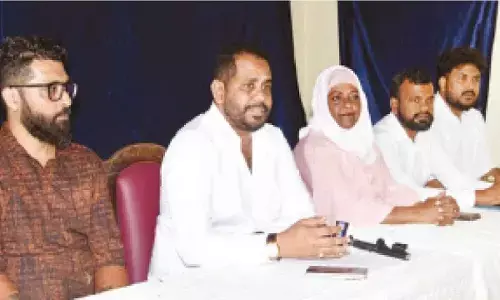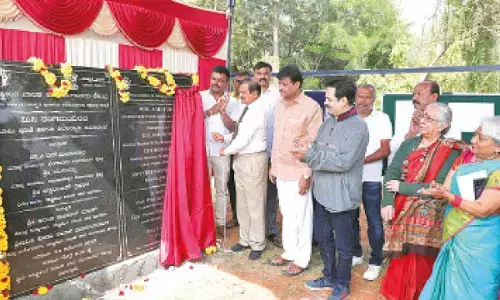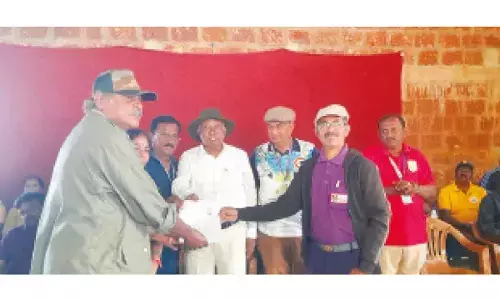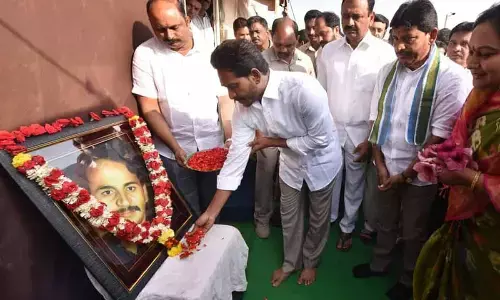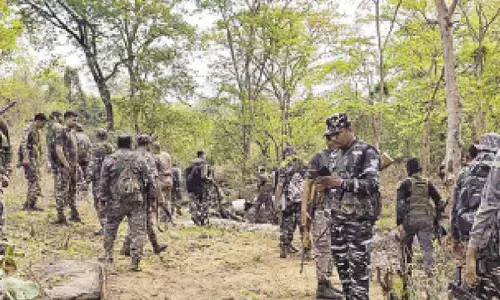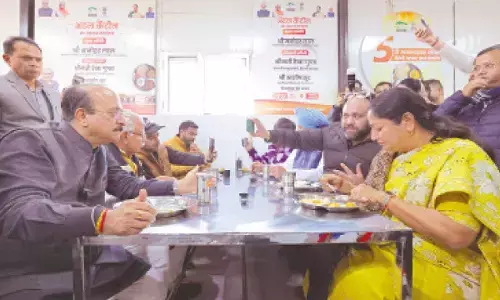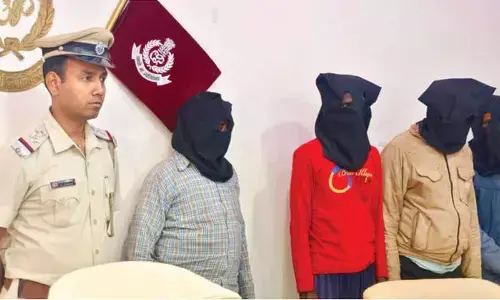DEVI: Depicted through Folk and Tribal Art
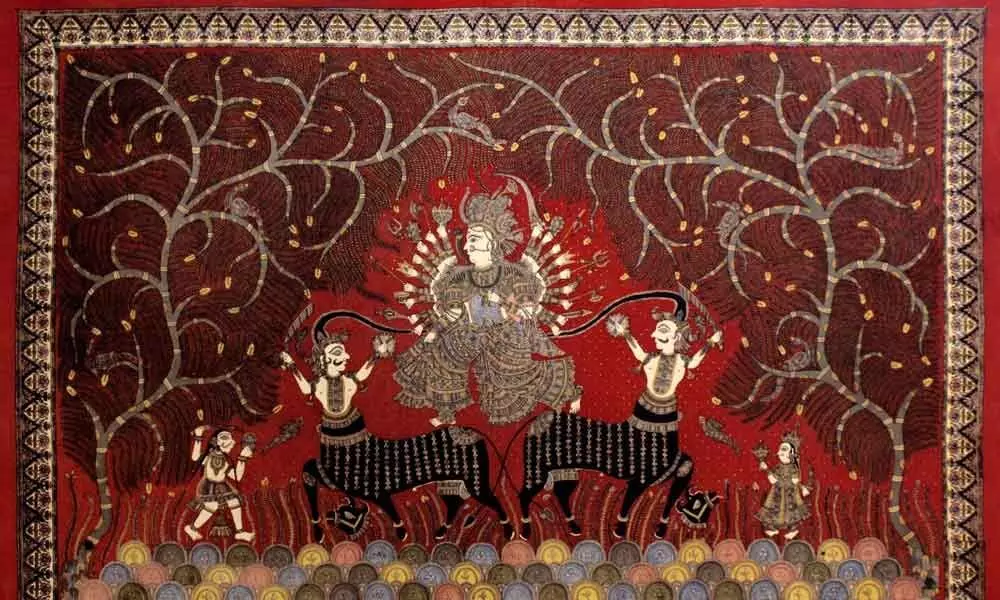
DEVI: Depicted through Folk and Tribal Art
A woman has been the topic of adoration and regarded the disguised form of Goddesses or Devi throughout the history of Indian art.
A woman has been the topic of adoration and regarded the disguised form of Goddesses or Devi throughout the history of Indian art. Even though the approach to her form and substance has varied greatly over time and geography, she has remained a popular motif. As a result, she has been depicted in art in various forms and dimensions. Among her many facets, she is most adored as a Devi, whose worship dates back nearly five thousand years. The concept of a Goddess developed over time. In the vegetal and animal realms, a Goddess is revered as the mother of all life and the bestower of fertility. The man maintained her on a high pedestal for worship after realising her provocative abilities. Mati Art, in collaboration with the India International Centre, is attempting to portray the lady as a Devi using its unique and magnificent collection from across India.
Devi is a multifaceted goddess who manifests herself in a variety of ways. She is kind and gentle to her followers and seekers, and she guards those who call on her. She is the "Aditi," the mother of Gods, the one who provides shelter to mortal humans.
When confronted with evil, however, her ferocity terrifies even the most terrible of demons. She takes many many forms, each of which is a manifestation of herself that merges back into her once their goals are met.
The exhibition depicts the Goddess in numerous forms as depicted in art from diverse ages, countries, and mediums. A beautiful wooden sculpture displaying the "Village Devi," a wooden bust of the "Devi" as a snake-protector, both from Karnataka, and an early Bengal school - oil on canvas depicting "Mahishasur Mardini," are just a few of the many exhibits exhibiting the goddess – Devi.
The Devi has always been a popular motif in Hindi movies, with audiences frequently mistaking the performers for true divinity and worshipping them with the same emotions and thoughts they had in temples. Some of the "Lobby cards" from the movies based on Goddesses are on display during the show.
In India, women are addressed as 'Devi' as a sign of respect, and the term has appeared in lines in Indian classic cinema, where women are addressed as 'Devi' regardless of their background. The exhibition examines this element of usage, which was once considered ethical in Indian society.
In the current show Devi, we want to highlight Indian folk painters who never miss an opportunity to depict nature's beauty, particularly ladies. In fact, some historical women were seen to be so extraordinarily lovely that failing to depict them on paintings was a smear on the Indian painters' reputation. Devi from Kalighat Pattachitra, Madhubani, Assamese Folk Art, Bengal Scroll Paintings, Raghurajpur Pattachitra from Odisha, Mata ni Pachedi (Gujarat), Pichwai, shadow puppet, Bhoota Wooden sculpture from Karnataka, Calendar Art Masterworks, Lobby Cards and Movie Posters, and Jain Paintings are among the women featured in this exhibition. Women will be featured in this show, who will highlight its exquisiteness in their own unique style while reflecting the region and its appeal.
Seema Bhalla adds, "The inspiration for this special exhibit, Devi, is female power. Indian art has always viewed the woman with reverence and depicted her in a very powerful manner. Devi shines the light on this important theme through exquisite works from across the country: striking Bhuta sculptures from Karnataka, wooden arches with Gajalakshmi carved on them, a three-feet high sculpture of Shiva and Parvati seated on the bull, an early Bengal school oil on canvas painting of Mahishasura Mardini, handprinted Mata ni Pachedi textile from Rajasthan."
The fraternity of Mati Art in association with India International Center is organising an exhibition "DEVI: Depicted through Folk and Tribal Art, Calendar Art, and Lobby Cards" curated by Dr Seema Bhalla from 17th December to 29th December, 2021 to be presented from 11am to 7pm Gate Number 1. Kamaladevi Complex, India International Centre, 40, Max Muller Marg, New Delhi.








